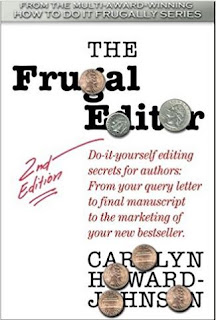Short Story Benefits by Deborah Lyn Stanley
Writing short stories is a great way to build skills and enrich our writing practice. Many writers use short story writing to develop a strong style and voice.
Free writing is a useful method for starting. Use prompts if you prefer. Anticipate that you will hit a kernel you can develop; go on with it and choose an inspiring image that relates. Paste the image to the top corner of your first page as a thumbnail. It will help you focus and to ignite your story.
Writers garner income from competition wins, and selling short stories to magazines. Competitions and Magazines expect short stories to be fiction. If you have a personal experience you want to use, fictionalize it.
Story starters or prompts work your imagination. You can use images, nouns from your life’s journey, nouns from the dictionary, or historical events; ex. While traveling to a new job, in a new town, he gets lost in unknown territory—a forest or desert, etc.
Now Write! Add structure, characters, descriptions, setting, dialogue to your story. You might select your characters based upon people you know. Describe interesting traits, habits, and looks---but mix it up so they are fresh characters. Stories are expected to have a crisis, a defining moment, that changes a character’s life or perspective forever. Build it.
(Check out Now Write: https://www.nowwrite.net/fiction/ )
The links below help empower your storytelling adventure!
Mia Botha, Writers Write
https://www.writerswrite.co.za/how-to-write-a-short-story-all-the-tips-youll-ever-need/
How to Write a Short Story That Captivates Your Reader, Jerry Jenkins
https://jerryjenkins.com/how-to-write-short-stories/
And my review:
How To Write Short Stories and Use Them to Further Your Writing Career by James Scott Bell,
a Book Review
https://www.amazon.com/Write-Stories-Further-Writing-Career
Each chapter of this book broadens our knowledge and paints an exciting picture for growth through short story writing. Its focus is crafting stories, fundamentally strong; flash fiction, short stories, or book length. It includes samples of five short stories to emphasize key points of structure that identify and analyze the strength of each story. Best of all, the book encourages writing short stories; it will improve our writing.
The author’s intent is to strengthen writers for a lasting career of productivity and publication. I used the book to learn the keys to story structure and to help me develop viable story ideas.
I recommend this helpful, instructive book to enhance our writer’s journey.
She is passionate about caring for the mentally impaired through creative arts.
Visit her My Writer’s Life website at: https://deborahlynwriter.com/
Visit her caregiver’s website: https://deborahlyncaregiver.com/
Mom & Me: A Story of Dementia and the Power of God’s Love is available:
at Amazon & https://books2read.com/b/valuestories
Share on LinkedIn
https://www.linkedin.com/
And more via the icon bar below:

























